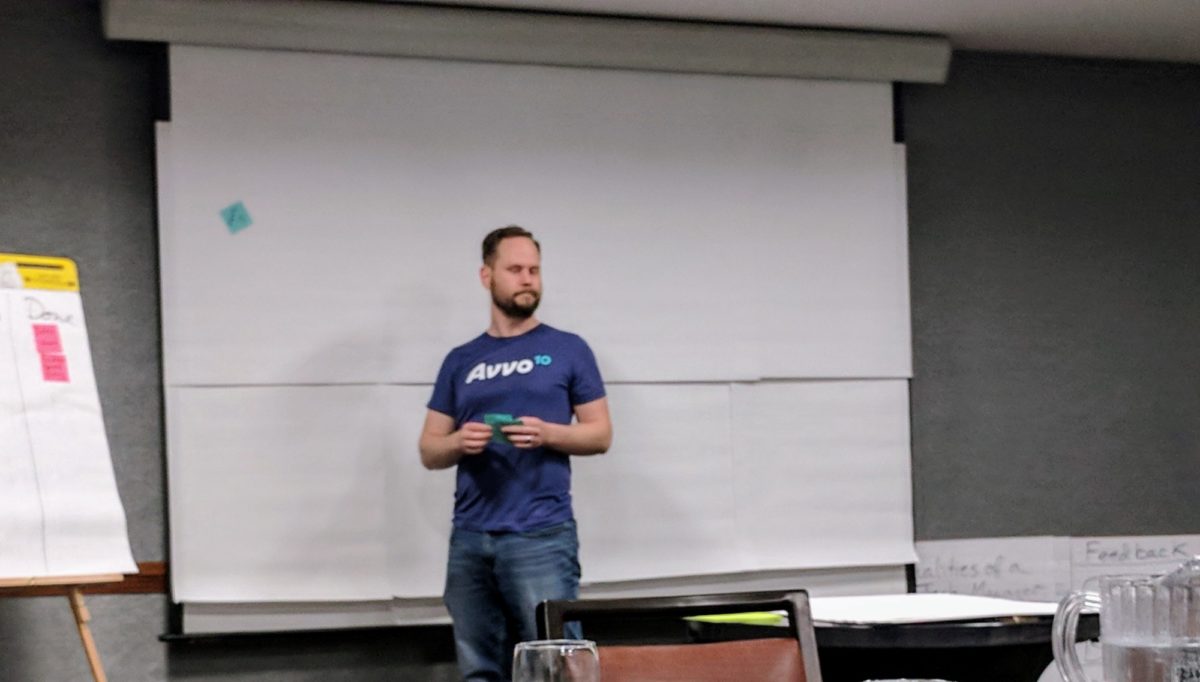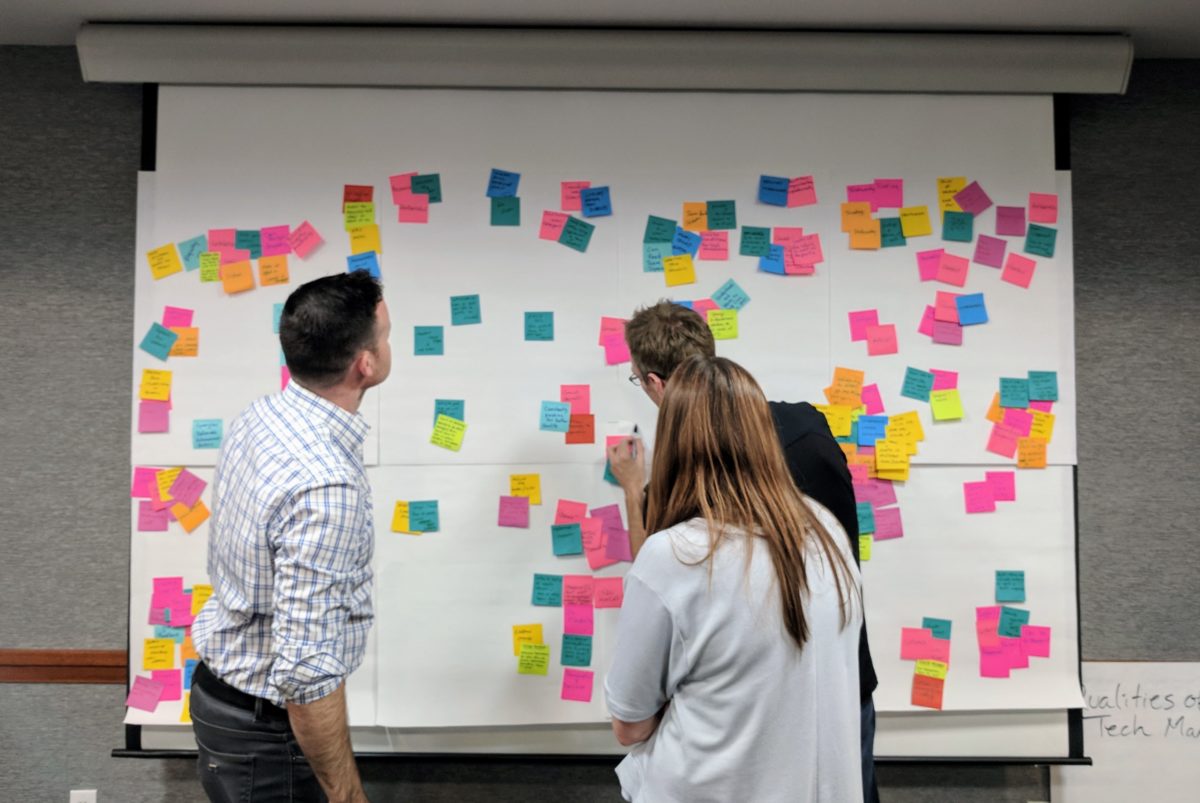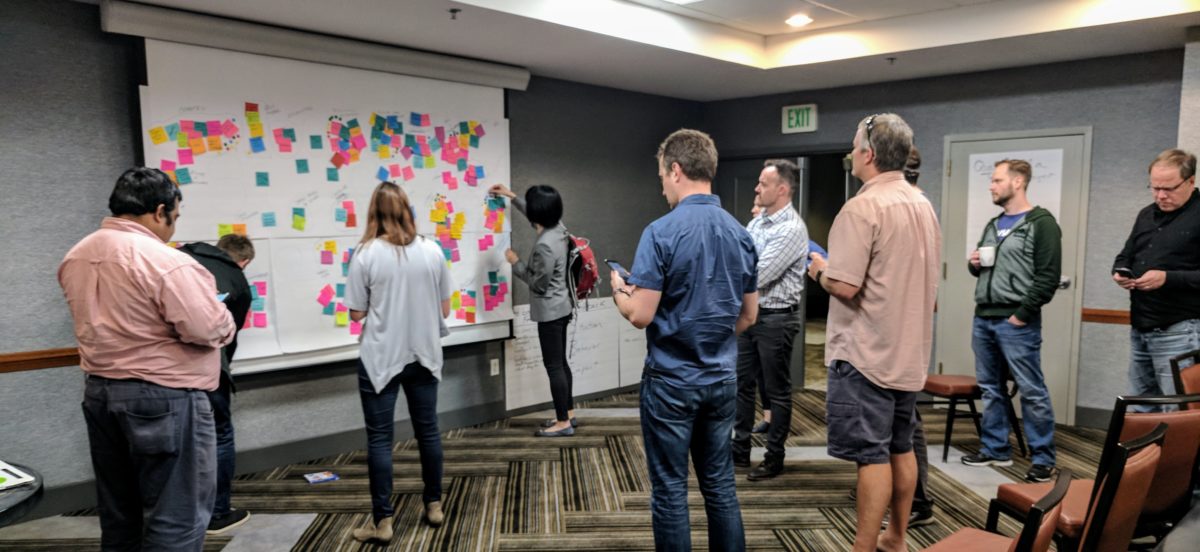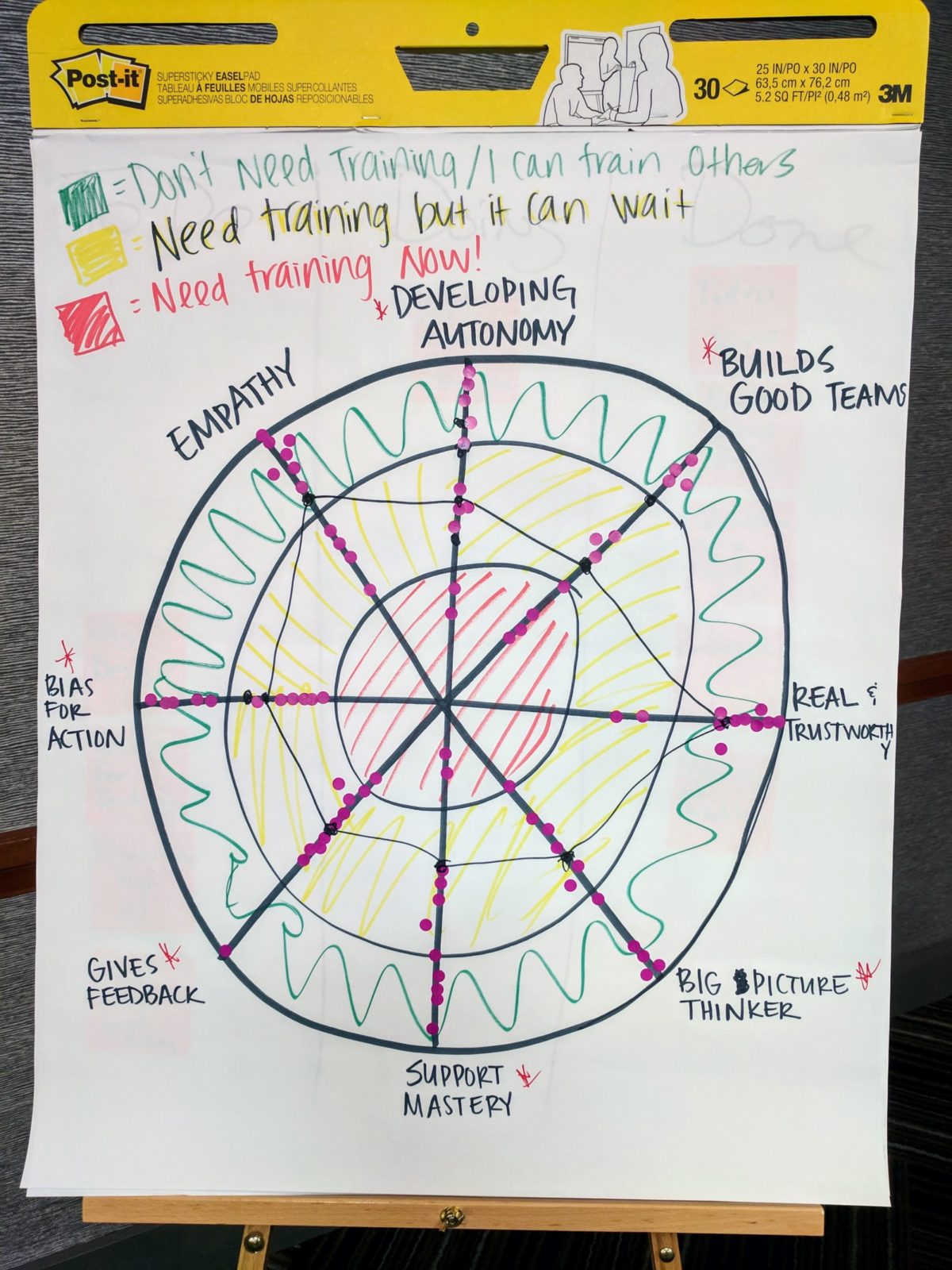
I’ve been playing bass since I was 15. I play other instruments as well, but I have always been primarily a bass player.
Music has always been not only a joy to me but also a salve. Writing software and leading technology organizations is such an “in your head” endeavor. Playing music for me is much more about intuition and feeling. I can do it for pure pleasure, and if I stumble on something I like, I can go deeper, or just hope I find it again in the future. No stress.
I was recently talking to another technology leadership friend about playing bass, and it made me realize how many things those two pursuits share.
While you can play bass alone, it is not a solo instrument. You need a band. Similarly, you can’t do much as a leader unless you are part of a team.
A good bass player may move to the front from time to time, but usually, they are in the back, keeping everything on track. A bass player keeps the groove going, pushes the song forward, but isn’t necessarily the one that everyone is looking at. If the bass player isn’t there, though, the band is missing a critical element. A lead is a vital element of a development team, but a lot of the value they add isn’t always visible.
While I always appreciated and admired the well-known quick-fingered, super-complex players like Geddy Lee, Flea, Les Claypool, and Mark King, the bass players who most influenced my playing are people like Peter Hook, Paul McCartney, Carol Kaye, and James Jamerson who excelled with elegant simplicity. A worthy engineering lead is not about flash, but about substance. Not interested in complexity for complexity’s sake, but in doing what the team needs and no more. As the Swedes say, “lagom.”
As part of the rhythm section, the bass player works with the drummer to keep time, but also to modulate and push things when needed. As a bass player, you might be helping an over-caffeinated drummer not push the tempo, or you might be conspiring with the drummer to give the song a bit more energy if you think that is what the audience needs. The lead of the team needs to be aware of the team’s dynamics and maintain a good pace, but also be mindful of the customer, and the business and push the team when needed.
While the bass is a melodic instrument, it isn’t necessarily carrying the melody. It supports the melody, tracking the chord changes. The bass player keeps the structure of the song, which allows the other instruments to take chances, embellish, or step into the spotlight to solo. Similarly, the engineering lead maintains the team’s vision, architecture, and the big picture so that the members of the team can shine or try out new ideas without fear of losing the thread of what is essential.
In a recent Lifehack article, Joseph Jo identified “8 Desirable Dating Qualities Of A Bass Player.”
I thought that six of the eight also are desirable qualities of an engineering lead:
- They Love to be Connected
- They Are Content Regardless of the Lack of Attention
- They are Passively Creative
- They are Considerate
- They Tune in with People
- They are the Artists of Adaptation
So, if you want to be a better engineering lead, you don’t need to buy a bass and join a band, but you might want to start trying to think more like a bass player.






